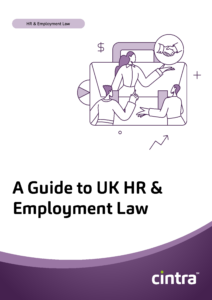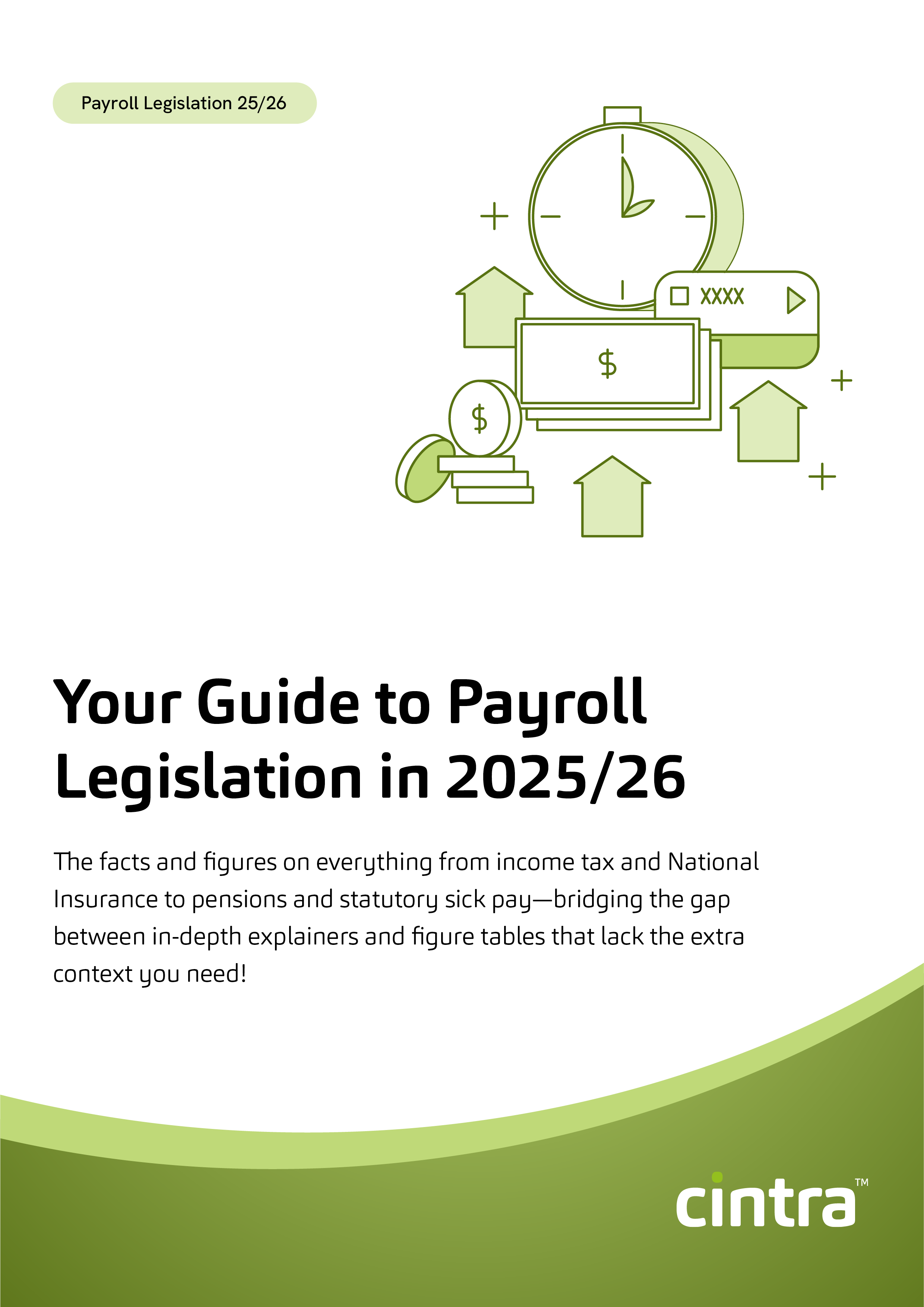We all look forward to those glorious annual leave days at work, planning what we’re going to use them for, keeping track of how many we have left for the year, figuring out how to work out annual leave and the thrill of clicking the out of office button. But to be able to enjoy your time off it’s important that you know your annual leave entitlement.
Annual leave in the UK is accrued based on how many hours you work. Some organisations will provide it as an upfront allowance for the year, others might provide it as you go depending on your contract. Let’s find out how to work out your annual leave entitlement.
What is the minimum annual leave entitlement?
In the UK, every full-time employee is entitled to 5.6 weeks / 28 days’ paid holiday, which includes bank holidays.
If you work part time, then your holiday entitlement will be calculated based on the number of hours or days worked in a week—this is called pro-rata. For example, if you work 3 days a week, you’re entitled to 16.8 days’ paid holiday (3 x 5.6) a year.
Similar rules apply to employees who are only on a fixed term contract. Your holiday entitlement will be calculated based on the length of time that you work. For example, if you work on a 6-month contract then you would be entitled to 1 half of the yearly minimum.
How to calculate accrued holiday
Are you wondering ‘how much annual leave have I accrued?’
Some employers will provide you with your full year allowance at the start of the year, however, this doesn’t mean you’re entitled to use the full amount should your employment come to an end before the end of the year. This means that you will need to know what you have accrued.
Other jobs might provide the allowance as you go throughout the year, so it can be a good idea to keep track of your accrual yourself to ensure you’re receiving the correct amount of annual leave.
This is how you calculate the annual leave you’re entitled to up to the current date.
You are entitled to one-twelfth of your annual entitlement each month. This means that if you have a standard allowance of 28 days, you’ll be entitled to 2.3 days off per month.
Example: You’re in the third month of your annual leave year, you would be entitled to 7 days of leave. This is worked out at 28 days ÷ 12 months x 3 months.
When does the annual leave year start?
This is something which is down to the company to decide. However, most companies choose to offer either from 1st January – 31st December or from 1st April – 31st March. If this information is not provided in your employment contract, speak to your HR team who will be able to let you know.
Can I carry over leave?
This is something that is outlined in your contract and is decided by your organisation. But there are certain limitations, according to the regulations set out by the government. If you get 28 days of leave, you can carry over a maximum of 8 days. If you’re offered more than 28 days leave by your employer, then the employer can decide if they allow the employee to carry over the extra.
Employers must also allow you to carry over a maximum of 20 of your 28 days leave if you couldn’t take that leave due to sickness.
Are there any resources that can help?
If you’re still feeling unsure about how to work out your annual leave, then there are a few additional things you can do.
- Check out the gov.uk Holiday Entitlement Calculator. Simply input all your employment details into the calculator and it will provide you with what your entitlement should be
- Speak to your manager or HR team. If you’re worried that your entitlement hasn’t been calculated correctly, or you just need some clarification then you should be able to get this from within your company.
- Find out more about Cintra HR, our revolutionary HR system which can calculate employees’ leave.

HR & Employment Law Guide
Grab your accessible summary of guidance and insights about where HR practices meet employment law.
Download your buyers guide


